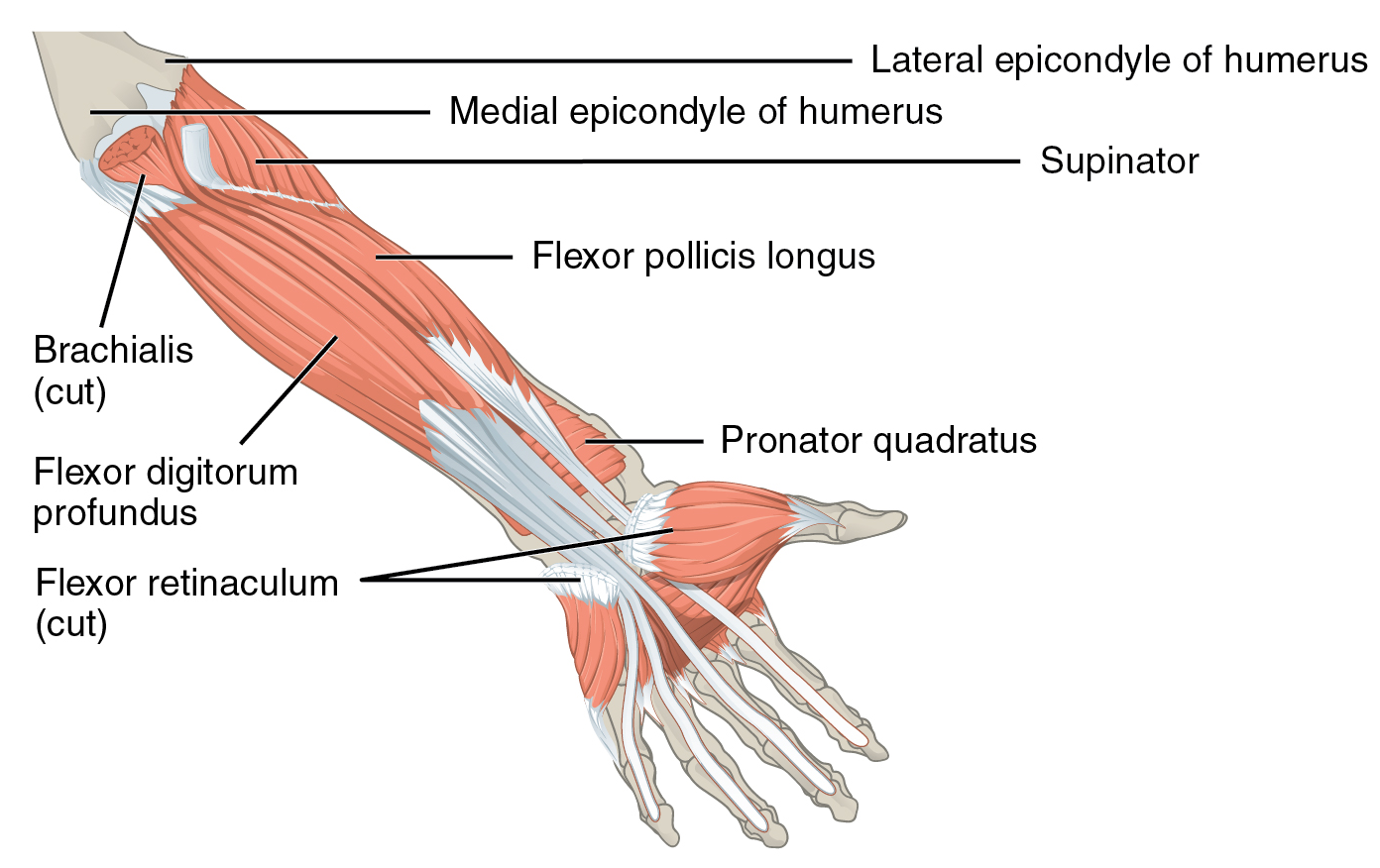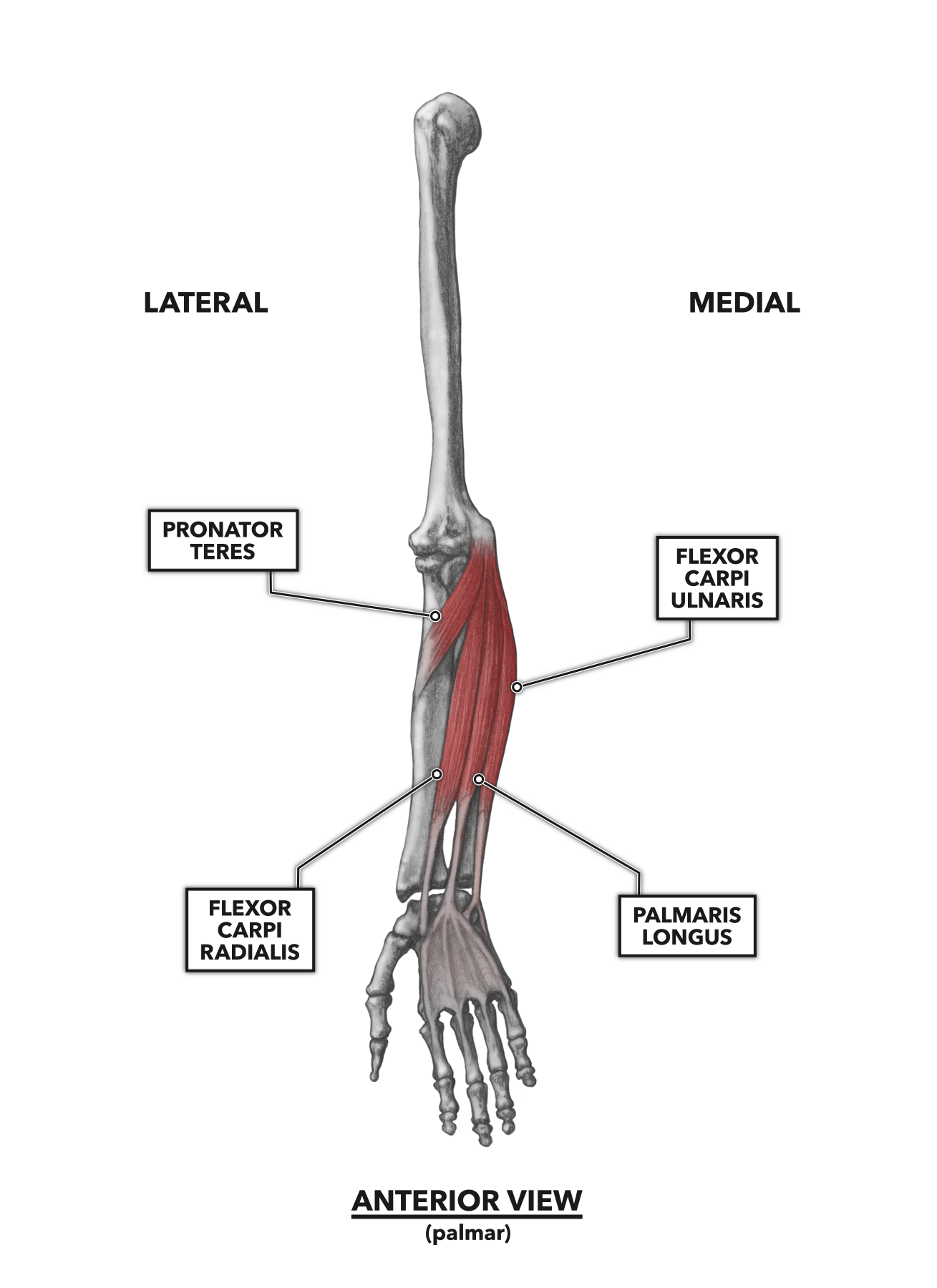
The wrist is a complex joint that allows for various movements, including flexion, extension, abduction, adduction, and circumduction. Wrist flexion, in particular, is a crucial movement that involves the contraction of specific muscles. In this article, we will discuss the anatomy and function of the muscles of wrist flexion.
The Anatomy of Wrist Flexors

The muscles responsible for wrist flexion are located on the anterior side of the forearm. These are collectively referred to as the wrist flexors and are divided into two layers: superficial and deep.
The superficial layer includes the following muscles:
- Flexor Carpi Radialis
- Palmaris Longus
- Flexor Carpi Ulnaris
The deep layer, on the other hand, includes the following muscles:
- Flexor Digitorum Superficialis
- Flexor Digitorum Profundus
- Flexor Pollicis Longus
These muscles are innervated by the median and ulnar nerves, and their tendons attach to the bones of the wrist and hand.
Function of Wrist Flexors

The primary function of the wrist flexors is to flex the wrist joint, which involves moving the hand towards the forearm. This movement is essential in various activities, such as lifting weights, typing on a keyboard, and playing musical instruments.
The wrist flexors also assist in other movements, such as forearm pronation (turning the palm downwards) and finger flexion (bending the fingers).
Common Injuries and Conditions

Overuse or trauma can lead to injuries or conditions that affect the wrist flexors. Some of the common ones include:
- Wrist Tendinitis
- Carpal Tunnel Syndrome
- Flexor Tendonitis
- Wrist Sprain
These injuries can cause pain, swelling, stiffness, and limited range of motion in the affected wrist.
Exercises to Strengthen Wrist Flexors
Strengthening the wrist flexors can help improve grip strength and prevent injuries. Here are some exercises that target these muscles:
- Wrist Curls: Hold a dumbbell or a weighted object and sit on a bench with your forearm resting on a flat surface. Curl your wrist upwards and downwards, keeping your forearm steady.
- Reverse Wrist Curls: Perform the same movement as wrist curls, but with your palm facing downwards.
- Hammer Curls: Hold a dumbbell with a neutral grip (palms facing each other) and curl your wrist upwards and downwards.
- Wrist Extensions: Hold a dumbbell and sit on a bench with your forearm resting on a flat surface. Extend your wrist upwards and downwards, keeping your forearm steady.
It is essential to perform these exercises with proper form and gradually increase the weight and intensity to avoid injuries.
Conclusion
The muscles of wrist flexion are crucial for various activities that involve hand and wrist movements. Understanding their anatomy and function can help prevent injuries and improve performance. If you experience any pain or discomfort in your wrist, seek medical attention and avoid overuse or improper use of these muscles.